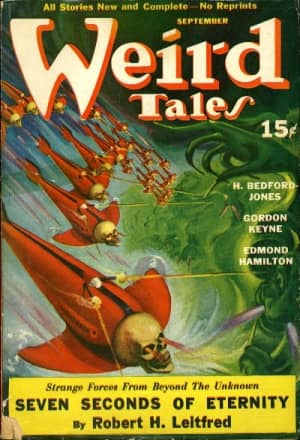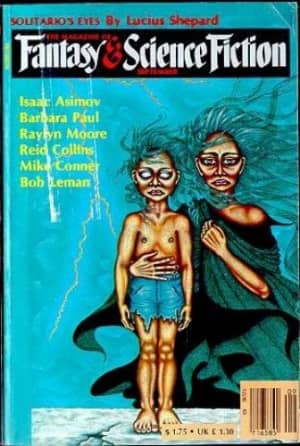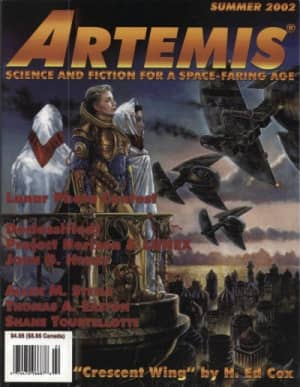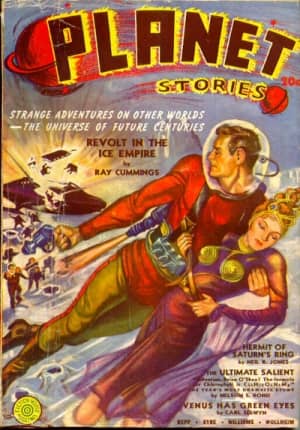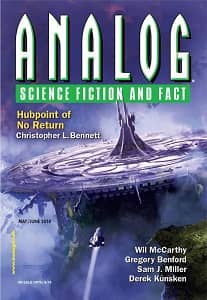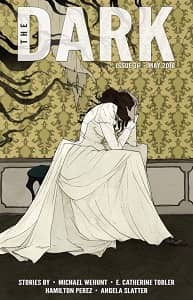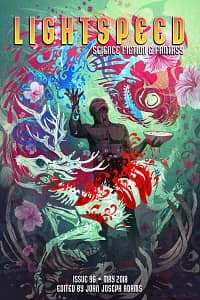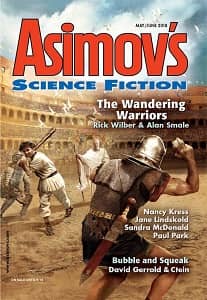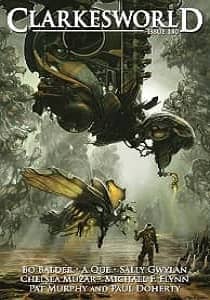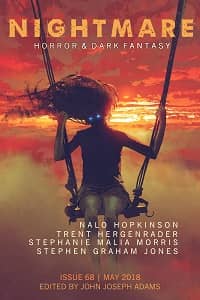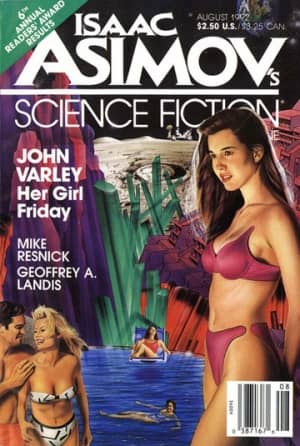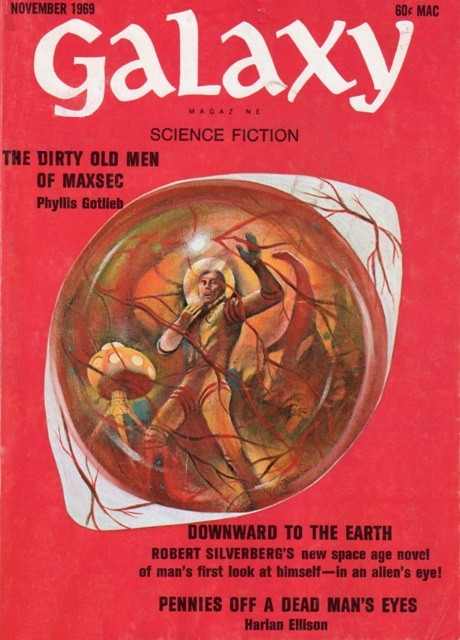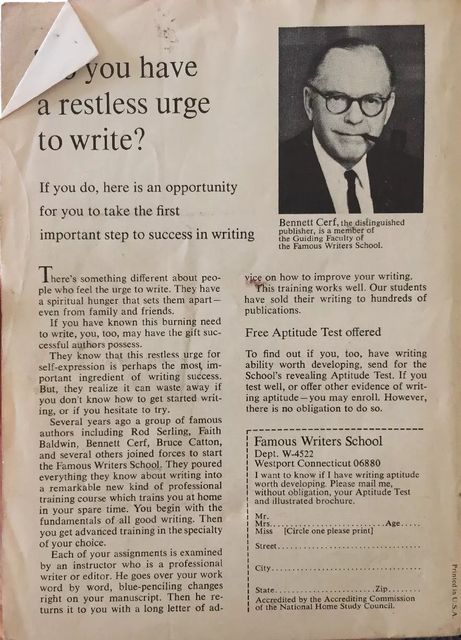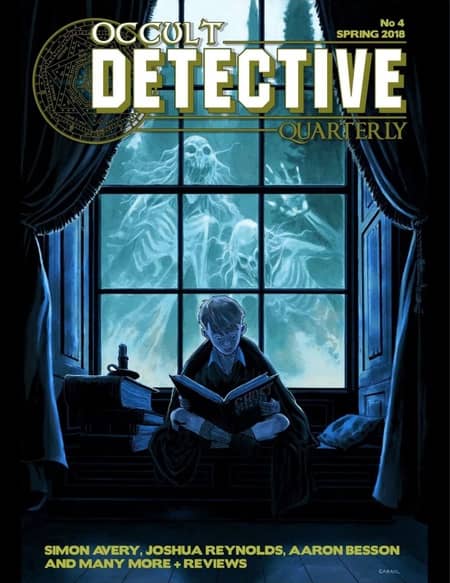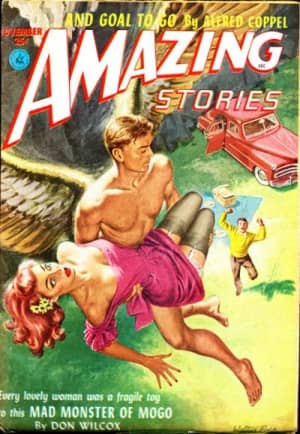With a (Black) Gat: Frederick Nebel’s Donahue
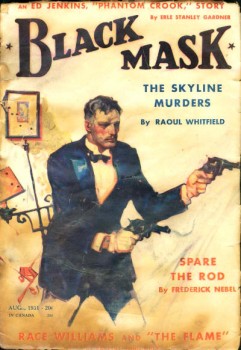 (Gat — Prohibition Era term for a gun. Shortened version of Gatling Gun)
(Gat — Prohibition Era term for a gun. Shortened version of Gatling Gun)
Carroll John Daly’s action-packed adventures of Race Williams sold more copies of Black Mask than any other author’s stories. But editor Joe ‘Cap’ Shaw, who was willing to hold his nose and put Williams on the cover, considered the far more literate Dashiell Hammett to be the magazine’s cornerstone.
In January of 1930, the final installment of The Maltese Falcon appeared in Black Mask. A Continental Op story followed in February, then the next three months saw the stories that would become The Glass Key. But at the peak of his pulp abilities, Hammett left the genre. He was interested in the easy money of Hollywood and the better paying ‘slick’ magazines. He bid adieu to Black Mask in November of 1930.
Shaw had lost his best writer. The irreplaceable Hammett had to be replaced. He turned to Frederick Nebel, whose MacBride and Kennedy stories had appeared over a dozen times. That November issue of Black Mask included the thirty-sixth and final Continental Op story, “Death and Company.” It also featured “Rough Justice,” the first tale of Donahue of the Inter-State agency.
After the phenomenal success of The Maltese Falcon, Shaw had urged Hammett to write more stories featuring Sam Spade. Dash wasn’t interested and not only refused, but he shortly thereafter left the magazine forever. Though, he did write three more Spade stories in 1932 for the slicks. Shaw tagged the reliable Nebel to provide Black Mask readers with a tough private eye to replace the immensely popular Continental Op. The writer most certainly did that.
In “Rough Justice,” the Irish New York City PI, a former cop bounced from the force for being too honest, finds himself in sweltering St. Louis. In August of 1931 Donahue would return to the Arch City in “Spare the Rod.” In between, Nebel wrote a three-story serial of connected adventures that appeared in consecutive issues.
